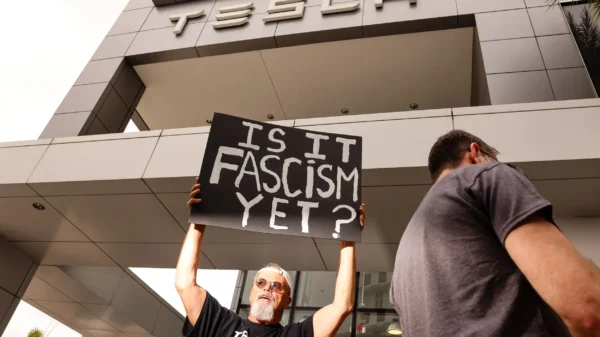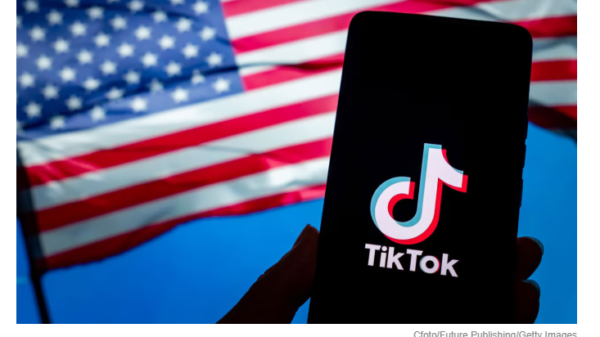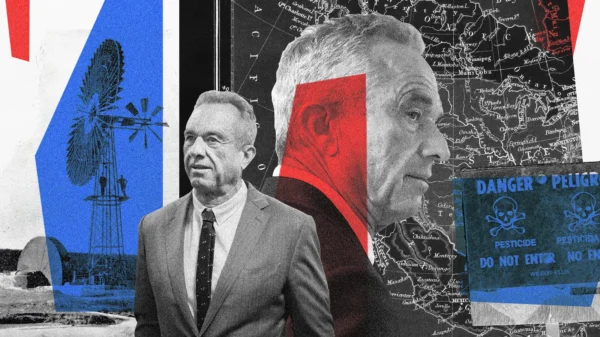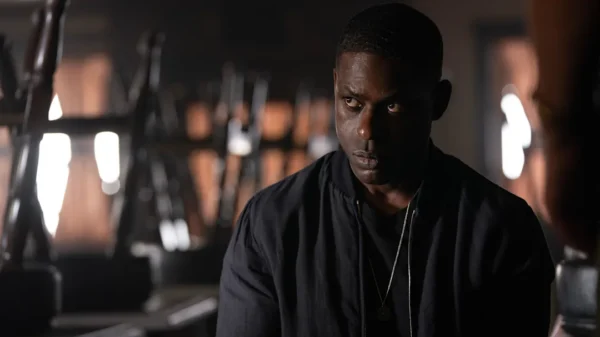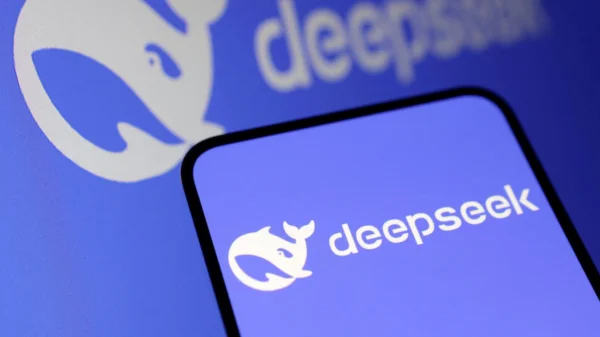Social Media Crisis Response Strategy for Your Brand
“Is your brand ready to face the storm of social media crises? Learn how to protect and thrive in the digital age.”
Key Takeaways:
- A crisis plan is essential to protect your brand in the digital world.
- Identify key stakeholders both inside and outside your organization.
- Assess risks and set clear goals for crisis response.
- Build a diverse team with clear roles and practice regularly.
In an age where tweets can make or break a reputation, Facebook posts can go viral within minutes, and Instagram stories can spark controversies, the importance of a well-crafted social media crisis response plan cannot be overstated. Welcome to the digital age, where the power of social media is both a boon and a potential bane for businesses worldwide.
Picture this: You wake up to a barrage of angry comments and trending hashtags aimed at your brand. It’s a social media nightmare that no business wants to face. However, the reality is that in today’s interconnected world, social media crises can erupt suddenly and spiral out of control before you even finish your morning coffee.
So, whether you’re a seasoned marketing veteran or just dipping your toes into the vast sea of social media, this guide is your compass to navigate the turbulent waters of the digital realm. We’ll show you how to weather the storm, keep your brand afloat, and even turn crises into opportunities.
Before diving into the strategies and tactics that can safeguard your brand’s online presence, let’s take a moment to understand the unique challenges and opportunities social media presents. What exactly constitutes a social media crisis? What are the potential impacts on your brand’s reputation, and why is a well-structured response plan your best defense?
Understanding Social Media Crises: Navigating the Digital Tempest
In our hyper-connected world, the power of social media is unparalleled. It’s a platform for sharing ideas, connecting with friends, and promoting businesses. But beneath the veneer of cat videos and foodie snapshots, there’s a darker undercurrent – the potential for a social media crisis.
Defining the Unpredictable: What is a Social Media Crisis?
A social media crisis, in its essence, is an unexpected and often rapidly unfolding situation in which negative information about a brand or organization gains momentum on social media platforms. It’s that moment when the tide turns against you, and the digital realm becomes a hotbed of criticism, outrage, and scrutiny.
To understand this better, consider a scenario: Imagine you run a popular restaurant chain, and video surfaces on social media showing unsanitary conditions in one of your kitchens. The video quickly garners thousands of shares, comments, and angry emojis. Your brand’s reputation is under siege, and the situation is escalating at breakneck speed. This is a prime example of a social media crisis.
Escalation at the Speed of a Tweet
One defining characteristic of a social media crisis is its velocity. Information moves at the speed of light across social platforms. What starts as a single tweet or post can snowball into a full-blown crisis within hours or even minutes. In the digital world, it’s not uncommon for a minor issue to transform into a trending topic, garnering international attention before traditional news outlets can react.
Consider the infamous case of United Airlines in 2017, where a video of a passenger being forcibly removed from an overbooked flight went viral on social media. Within hours, the incident became a global sensation, resulting in a massive public relations crisis for the airline. This incident illustrates how rapidly a situation can escalate and how crucial it is for brands to be prepared.
Impact of Social Media Crises
Reputation at Stake: The Profound Effects of Social Media Crises
- Brand Erosion
During a social media crisis, your brand’s image is at stake. Negative comments, viral videos, and damaging hashtags can erode the trust and goodwill you’ve painstakingly built over the years. Often fueled by outrage and disappointment, consumers may decide to distance themselves from your brand.
- Financial Consequences
The fallout from a social media crisis can have financial repercussions. Stock prices and sales may plummet, and the cost of crisis management, including legal fees and PR efforts, can be substantial. Remember, the financial consequences extend beyond the immediate aftermath and can linger for months or years.
- Long-term Damage
The scars of a social media crisis can endure in an age where information lives forever on the internet. Past incidents can resurface and haunt your brand, affecting future endeavors and partnerships. Managing your online reputation becomes an ongoing challenge.
Swift and Effective Responses: The Need of the Hour
Given the gravity of these potential consequences, swift and effective responses are essential. Brands that react promptly, transparently, and empathetically have a better chance of mitigating the damage and rebuilding trust.
Developing Your Social Media Crisis Response Plan: Building Resilience in the Digital Age
As we journey deeper into social media crisis management, it becomes abundantly clear that proactive planning is the keystone of success. This plan is your shield against the digital outrage storm, ensuring you are not caught off guard when a crisis hits.
Internal Stakeholders
Internal stakeholders encompass individuals within your organization who are pivotal in decision-making and crisis management. This may include senior executives, the PR and communications team, legal counsel, and front-line employees. Identifying these stakeholders is crucial because they will be instrumental in shaping your crisis response strategy, executing it, and ensuring alignment with your brand’s values.
External Stakeholders
External stakeholders, on the other hand, are entities outside your organization who may have a vested interest in your brand. This category can encompass customers, clients, investors, partners, regulators, and the wider public. Recognizing external stakeholders is essential because they can influence public perception and the ultimate impact of a crisis on your brand.
Creating a List of Key Stakeholders
Now that we understand the importance of identifying stakeholders, the question arises: how do you create a comprehensive list? Begin by conducting stakeholder mapping exercises and brainstorming sessions within your organization. Encourage cross-functional teams to share their insights and perspectives.
Consider using tools like stakeholder analysis matrices or digital platforms that facilitate collaboration and information sharing. Your goal is to compile a list that identifies and categorizes stakeholders based on their potential influence and interest in your brand.
The Foundation of Preparedness: Assessing Risks and Vulnerabilities
With your list of stakeholders, it’s time to turn your attention to risk assessment.
The Process of Assessment
Begin by conducting a thorough review of your brand’s digital footprint. Scrutinize your social media presence, online reviews, and past incidents that may have sparked controversies. Identify areas where your brand is particularly susceptible to criticism or backlash.
Next, assess external factors that could pose a risk. Monitor industry trends, competitor actions, and societal shifts that may affect your brand’s image. Engage in scenario planning to envision various crisis scenarios and their potential impact.
Tools and Methodologies
Various tools and methodologies can aid in risk assessment. Social listening tools can monitor online conversations and sentiment, helping you identify emerging issues. Surveys and focus groups can provide insights from your customers and the broader public. Additionally, consider consulting experts or conducting third-party audits to gain an objective perspective.
Setting Objectives and Goals
Once you’ve identified stakeholders and assessed risks, the next crucial step is to set clear objectives and goals for your crisis response plan. These objectives act as guiding principles, steering your actions and decisions during a crisis.
Objectives should align with your brand’s values and overarching business goals. They can include preserving brand reputation, maintaining customer trust, minimizing financial losses, and adhering to legal and ethical standards. Objectives should be specific, measurable, achievable, relevant, and time-bound (SMART).
Examples of Specific Goals
During a crisis, your goals include swiftly addressing and rectifying the issue, disseminating accurate information, engaging with stakeholders transparently, and monitoring the crisis’s impact on your brand’s reputation in real time. We’ll explore how to translate these objectives into actionable strategies in the subsequent sections of this guide.
Creating a Crisis Response Team: Your Shield in the Storm
The adage holds in the ever-evolving social media landscape: “Teamwork makes the dream work.” Developing an effective Social Media Crisis Response Plan is collaborative, and assembling the right team is paramount. In this section, we’ll delve into the critical aspects of building your crisis response team and preparing them for the challenges that lie ahead.
The Avengers of Crisis Management: Composition of an Effective Team
A well-rounded crisis response team is versatile and equipped to handle various challenges like a Swiss Army knife. It should comprise individuals with diverse skills, experiences, and perspectives. Let’s explore who should be on your team and why.
- Team Leader
At the helm of your crisis response team should be a capable leader with experience in crisis management. This individual will steer the ship, make critical decisions, and ensure seamless coordination among team members. The team leader should possess strong leadership skills, a cool head under pressure, and a deep understanding of your brand’s values and objectives.
- PR and Communications Experts
Social media crises often manifest as public relations nightmares, so having PR and communications experts on board is indispensable. They’ll be responsible for crafting and disseminating the brand’s messages, engaging with stakeholders, and managing media relations.
- Legal Counsel
Navigating the legal implications of a crisis is a minefield. Legal counsel will guide on compliance, intellectual property issues, and potential liabilities. They’ll ensure that your responses align with legal standards and minimize legal risks.
- Social Media Managers
Your social media team members are the frontline responders. They monitor online conversations, respond to comments, and provide real-time updates. They should be well-versed in the nuances of each social media platform and have the ability to craft appropriate, timely responses.
- Technical Experts
In some crises, technical expertise may be required. This could include IT professionals to address cybersecurity threats, data analysts to assess the impact of the crisis, and digital forensics experts to investigate any potential breaches.
- Customer Support Representatives
Customers are often the first to voice their concerns on social media. Your team’s dedicated customer support representatives ensure swift responses to customer inquiries and complaints.
Roles and Responsibilities
Each team member plays a crucial role in managing a social media crisis. The team leader provides guidance and direction; PR and communications experts shape the brand’s narrative; legal counsel ensures compliance; social media managers engage with the audience; technical experts address technical issues; and customer support representatives attend to customer needs.
Practice Makes Prepared: The Importance of Training and Simulation
Now that you’ve assembled your dream team, it’s time to ensure they’re battle-ready. The key to readiness lies in regular training and simulation exercises.
Why Training Matters
Training familiarizes your team with your crisis response plan, hones their skills, and prepares them for the high-pressure environment of a real crisis. It also fosters a sense of confidence and cohesion among team members.
Simulating Social Media Crises
Simulations are like fire drills for crisis management. Here are some tips for simulating social media crises effectively:
- Realistic Scenarios: Craft scenarios that mimic potential real-world crises your brand could face. Include elements like escalating public outrage, media inquiries, and legal challenges.
- Real-Time Simulation: Conduct simulations in real-time, mirroring the pace of social media. This helps team members practice making rapid decisions and responses.
- Multidisciplinary Exercises: Encourage cross-functional collaboration by involving all team members. This mirrors the dynamic of a real crisis, where different expertise is required.
- Feedback and Debriefing: After each simulation, provide constructive feedback and hold debriefing sessions to identify strengths and areas for improvement.
Crafting the Crisis Response Plan: Your Blueprint for Resilience
As we navigate the intricate social media crisis management world, we arrive at a pivotal juncture: crafting your Social Media Crisis Response Plan. This plan is your compass in turmoil, guiding your brand toward stability and recovery.
Building the Foundation: Elements of a Crisis Response Plan
A well-structured crisis response plan is akin to a well-built fortress. It must have a solid foundation and comprehensive defenses. Here, we detail the vital elements that constitute a robust plan, along with templates and frameworks to assist in its creation.
- Crisis Response Team Roles and Contact Information
Begin your plan with a clear list of team members, their roles, and updated contact information. This ensures a seamless response when a crisis strikes. Template: [Include a table with team member names, roles, and contact details.]
- Crisis Assessment and Classification
Define criteria for assessing the severity of a crisis. Classify crises based on their impact and potential consequences. Template: [Create a crisis assessment matrix with severity levels and criteria.]
- Communication Protocols
Lay out guidelines for internal and external communication. Specify the channels, frequency, and responsibilities for disseminating information. Template: [Provide a communication flowchart or matrix.]
- Message Templates
Prepare pre-approved message templates for various crisis scenarios. These templates should maintain consistency in tone and content. Template: [Include sample message templates for common crises.]
- Social Media Monitoring Tools
List the tools and resources for real-time monitoring of social media platforms. Ensure your team has access to these tools. Template: [Create a list of social media monitoring tools and instructions for use.]
- Escalation Procedures
Define when and how to escalate a crisis response within the organization. Identify the thresholds that trigger escalation. Template: [Outline a clear escalation hierarchy.]
- Legal and Compliance Guidance
Include legal counsel’s contact information and guidance on legal compliance during a crisis. Template: [Provide legal consultation protocols.]
Tailoring Your Message: Effective Communication Strategies
Communication during a social media crisis is an art, not a one-size-fits-all endeavor. Here, we explore how to tailor communication strategies for different crises and provide examples of messaging approaches.
- Transparency and Empathy
In cases of brand mishaps, demonstrating transparency and empathy is key. Acknowledge the issue, take responsibility, and express genuine concern for affected parties.
Example: “We deeply regret the recent incident and are committed to rectifying the situation swiftly. Your trust means everything to us.”
- Crisis-Specific Messaging
Tailor your message to the nature of the crisis. For data breaches, focus on security measures; for product recalls, emphasize safety protocols.
Example: “Ensuring your data’s security is our top priority. We’ve immediately addressed the breach and enhanced our safeguards.”
- Consistent Brand Voice
Maintain consistency in your brand’s voice and messaging across all platforms. Ensure that responses align with your brand’s values.
Example: “Our commitment to quality remains unwavering. We’re working diligently to address the issue and uphold the standards you expect from us.”
Putting Plans into Action: Activation and Monitoring
Once your response plan is in place, the next challenge is its seamless implementation. We explore the activation process and real-time monitoring of social media conversations.
When a crisis emerges, activating your plan is a critical first step. Ensure that your crisis response team is promptly informed and that each member knows their role.
Real-Time Monitoring and Tracking
Use social media monitoring tools to track conversations, mentions, and sentiment. Respond swiftly and accurately to emerging issues. Update stakeholders with accurate information as events unfold.
Escalating When Necessary
There may be times when a crisis surpasses the capabilities of your initial response team. Knowing when and how to escalate is crucial.
Involving Senior Management
If a crisis escalates significantly, senior management should be engaged. They can provide additional resources, make high-level decisions, and communicate with stakeholders like investors or the board of directors.
Case Studies and Best Practices
Learning from Experience: Real-World Examples and Proven Strategies
Let’s dive into real-world case studies of brands that effectively managed social media crises. We’ll extract valuable lessons and insights from their experiences and summarize key strategies and best practices.
Brands That Triumphed
We showcase brands that navigated treacherous social media waters successfully. These case studies demonstrate the power of a well-executed crisis response plan.
The Road to Resilience
Drawing from these examples, we summarize the proven strategies and best practices that can guide brand managers and social media teams toward effective crisis response. We offer actionable tips to bolster your preparedness.
Conclusion
In an age where social media can either be a brand’s best friend or its most formidable adversary, the importance of having a well-defined Social Media Crisis Response Plan cannot be overstated. As we conclude this journey through the intricacies of social media crisis management, let’s recap the lessons learned and reinforce the imperative of preparedness.
A well-crafted Social Media Crisis Response Plan is not merely a contingency but a shield against the turbulent world of digital communication. It is your brand’s blueprint for resilience, designed to safeguard reputation, customer trust, and financial stability.
In the face of an unpredictable digital landscape, this plan offers clarity, guidance, and a structured approach to crisis management. It ensures that your team is aligned, your communication is coherent, and your response is swift. When crises arise, and they will, this plan becomes your North Star, guiding you through the storm.
The age-old adage “an ounce of prevention is worth a pound of cure” rings truer in the digital era than ever. Brands that take proactive steps in preparing for potential crises are better equipped to weather the storms that inevitably come their way.
You are building the foundations of resilience by identifying key stakeholders, assessing risks, setting clear objectives, and assembling a capable crisis response team. Regular training and simulation exercises hone your team’s skills and readiness, ensuring they respond precisely when the moment demands it.
As the digital landscape continues to evolve, brand resilience is ongoing. Social media crises may become more complex, but with the knowledge and tools acquired here, you are better equipped to navigate the challenges.
Remember, social media is not just a platform for crisis; it’s an opportunity for connection, growth, and success. By approaching it with a well-defined crisis response plan, you can transform crises into opportunities, fortify your brand’s reputation, and emerge stronger on the other side.






